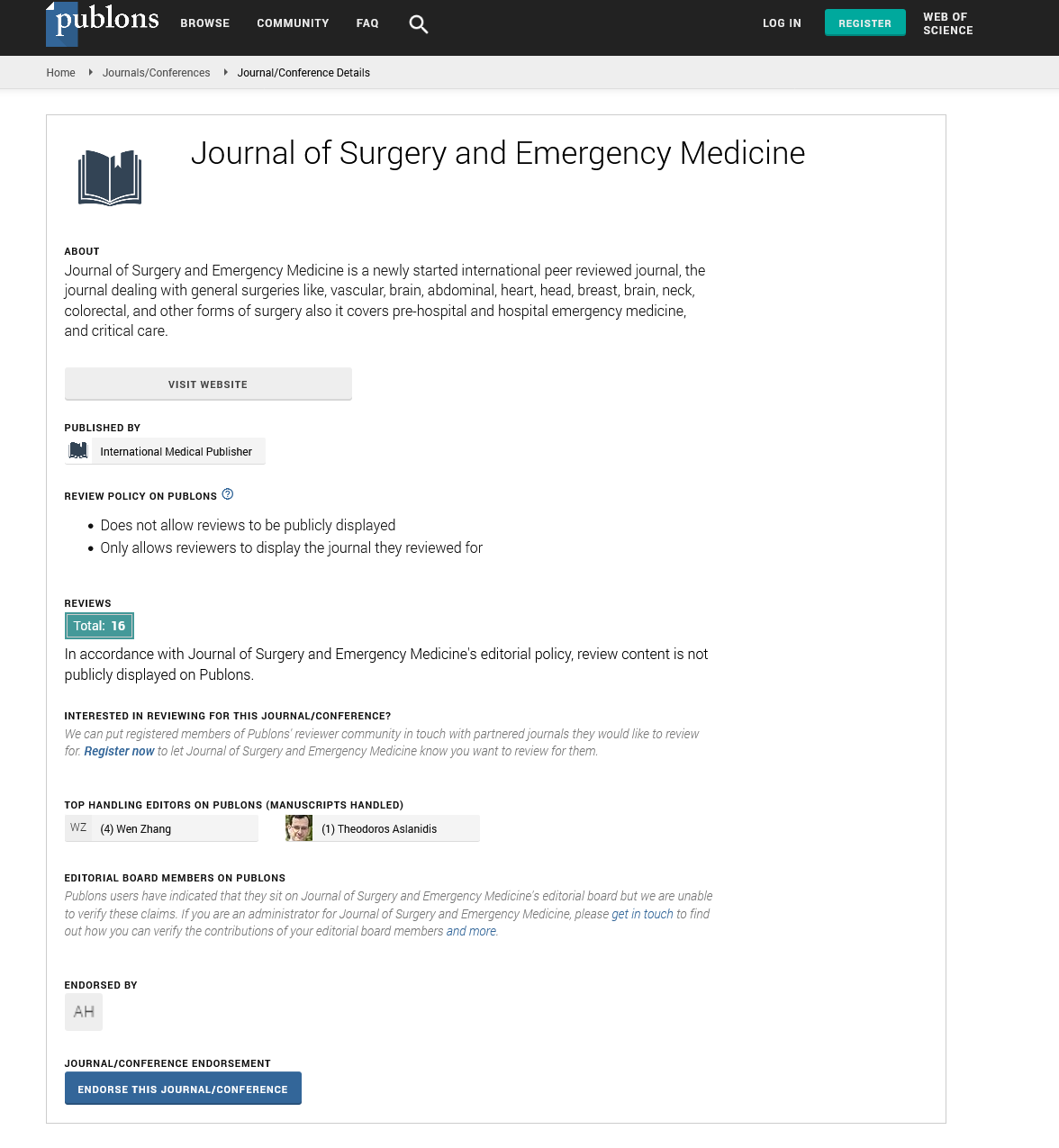Abstract
The Effect of Benign Paroxysmal Positional Vertigo (BPPV) in the elderly
To begin with the prevalence of vestibular and vertigo symptoms are a significant problem for elderly, around 30% of vertigo present in person older than 60 years and after the age of 85 years drawing near 50%. The benign paroxysmal positional vertigo is a major common concern for seniors, due to it is false sensation of spinning. Each human ear has a three semicircular canal which are the main role of it is to support the individual balance. Inside of each canal there are a calcium carbonate crystals (otoconia) which are embedded in gel in the utricle. If the calcium carbonate crystals (otoconia) moved by any instant and traveled from the utricle into one or more of the three semicircular canals where it should not. It causes a serious episode of vertigo, provoked by movement and changes in positions. Where the inner ear is the responsible for sending signals to the brain regarding head and body movements relative to gravity. It helps keep the individual balance to do daily tasks. The symptoms of vertigo where the feeling that you or environment around you, is moving or spinning, may vary from individual to the other. The attack of the vertigo and the sensation of it, may not be noticeable and for few seconds. For other attack it could be severe and last for a long period, where the individual will not be able to keep his balance or do daily routine. Benign paroxysmal positional vertigo may be associated with age and can occur for no known reason. The treatment of benign paroxysmal positional vertigo varies depending on the cause of it. However, it can be effectively treated with the proper maneuvers performed by a qualified healthcare specialist
Author(s): Weaam Al-Ameer
Abstract | PDF
Share This Article
Google Scholar citation report
Citations : 131
Journal of Surgery and Emergency Medicine received 131 citations as per Google Scholar report
Journal of Surgery and Emergency Medicine peer review process verified at publons
Abstracted/Indexed in
- Google Scholar
- Publons
Open Access Journals
- Aquaculture & Veterinary Science
- Chemistry & Chemical Sciences
- Clinical Sciences
- Engineering
- General Science
- Genetics & Molecular Biology
- Health Care & Nursing
- Immunology & Microbiology
- Materials Science
- Mathematics & Physics
- Medical Sciences
- Neurology & Psychiatry
- Oncology & Cancer Science
- Pharmaceutical Sciences
